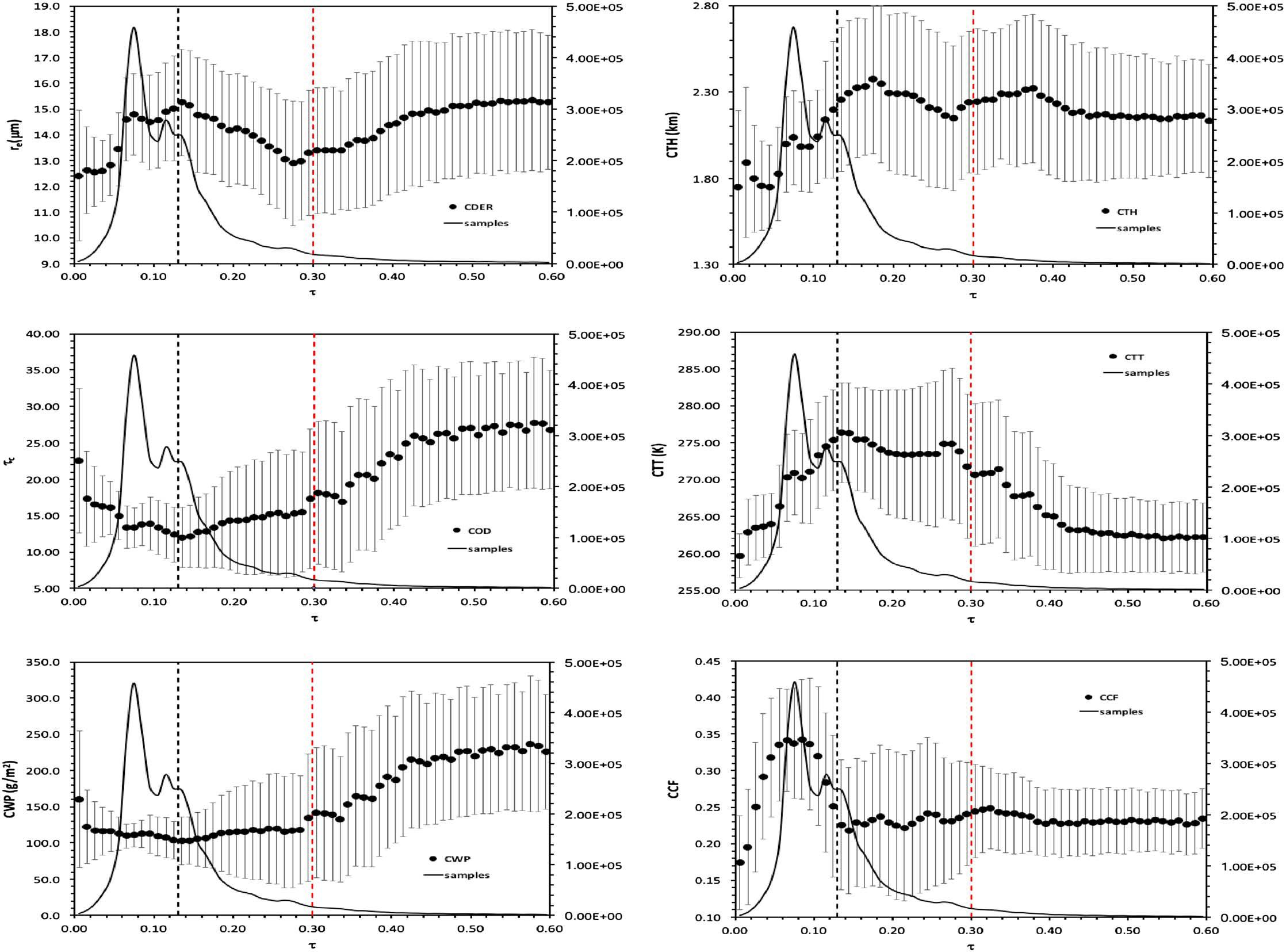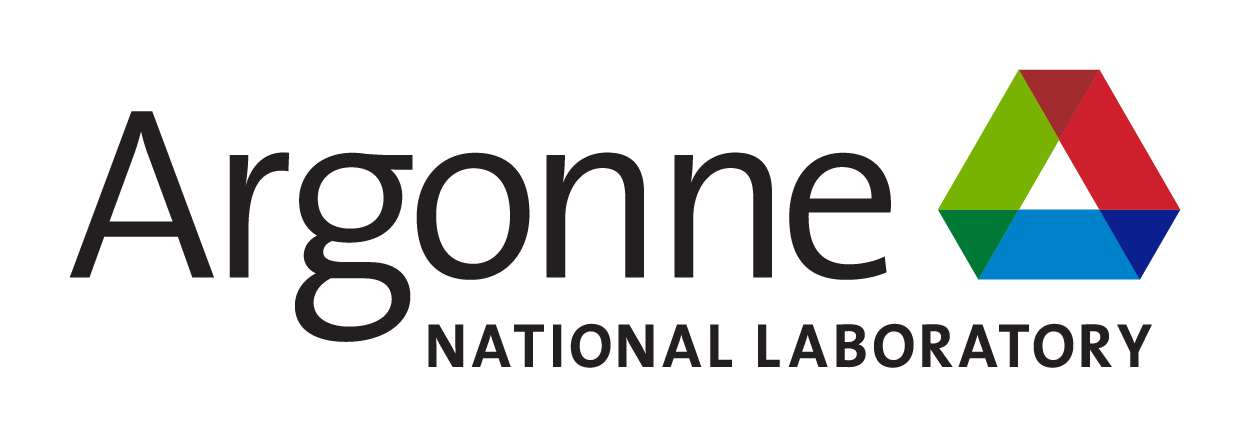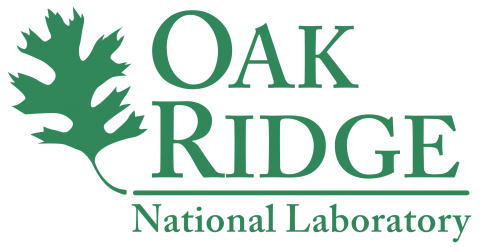Different regimes and active regions of aerosol indirect effects
Submitter
Liu, Yangang — Brookhaven National Laboratory
Area of Research
Cloud-Aerosol-Precipitation Interactions
Journal Reference
Zhao X, Y Liu, F Yu, and A Heidinger. 2018. "Using Long-Term Satellite Observations to Identify Sensitive Regimes and Active Regions of Aerosol Indirect Effects for Liquid Clouds Over Global Oceans." 123(1), 457-472.
Science

Impact
The study provides additional observational evidence for existence of different aerosol-cloud interaction regimes, and identifies the primary regions where the corresponding regimes occur. The results also offer new understanding of the complex aerosol indirect effects over the global ocean, and point new directions for future research.Summary
Long-term (1981–2011) satellite climate data records of clouds and aerosols are used to investigate the aerosol-cloud interaction of marine water cloud from a climatology perspective. Different regimes of the aerosol indirect effects (AIE) and the active regions over the global oceans are identified by analyzing the correlation features between aerosol optical depth and the key cloud variables including cloud droplet effective radius, cloud optical depth, cloud water path, cloud top height, and cloud top temperature. An aerosol optical thickness (AOT) range of 0.13 < AOT < 0.3 is identified as the sensitive regime of the conventional first AIE where effective radius is more susceptible to AOT than the other cloud variables. The first AIE that manifests as the change of long-term averaged effective radius appears only in limited oceanic regions. The signature of aerosol invigoration of water clouds as revealed by the increase of cloud fraction and cloud top height with increasing AOT at the middle/high latitudes of both hemispheres is identified for a pristine atmosphere (AOT < 0.08). Aerosol invigoration signature is also revealed by the concurrent increase of effective radius, cloud optical depth, and cloud liquid water path with increasing AOT for a polluted marine atmosphere (AOT > 0.3) in the tropical convergence zones. The regions where the second AIE is likely to manifest in the cloud fraction change are limited to several oceanic areas with high cloud fraction of the warm water clouds near the western coasts of continents. The second AIE signature as represented by the reduction of the precipitation efficiency with increasing AOT is more likely to be observed in 0.08 < AOT < 0.4. The corresponding AIE active regions, which manifested themselves as the decline of the precipitation efficiency, are mainly limited to the oceanic areas downwind of continental aerosols. The sensitive regime of the conventional AIE identified in this observational study is likely associated with the transitional regime from the aerosol-limited regime to the updraft-limited regime identified for aerosol-cloud interaction in cloud model simulations.Keep up with the Atmospheric Observer
Updates on ARM news, events, and opportunities delivered to your inbox
ARM User Profile
ARM welcomes users from all institutions and nations. A free ARM user account is needed to access ARM data.


















